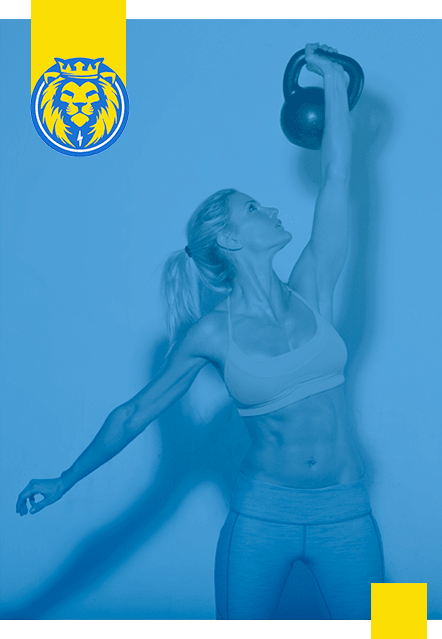What is Piriformis Syndrome? Before we get into what it is and what causes it, we need to first understand exactly what the Piriformis is and how it works. In the gluteal region or more common the buttocks region, has two layers of muscles-superficial and deep. Superficial muscles lie closer to the surface of the body, they are powerful and are the more known muscles when we think of the glutes (gluteal maximus, medius and minimus). Together they will work to extend, rotate and abduct the hip. Now while these muscles are the more well-known it does mean they are any more important than the deep muscles of the region. Our deep muscles include the piriformis, gremellus (superior/inferior), obturator (internus/externus), and quadratus femoris, these six muscles are our deep lateral rotators. While each of these deep muscles are important especially when it concerns the ability to externally rotate our hip, we are just going to talk about the piriformis in this article.
The Piriformis: The piriformis serves has an important landmark within our body, since it divides the greater sciatic foramen into two parts, above and below the piriformis. This is important, because it allows for vessels and nerves to travel between the pelvis and glute region either above or below in this region. For example, the sciatic nerve passes through the foramen below the piriformis. The sciatic nerve (the largest nerve in the body) while it does not innervate any muscles directly its components do. I am sure many people may not have heard of the sciatic nerve or how it innervates but more than likely have heard of its common injury, Sciatica. Sciatica, stems from inflammation of the nerve roots or of the components of the nerve, the inflammation is typically caused in 1 of 3 ways. Trauma (injury to the gluteal region which can cause scaring or a hematoma, leading to decrease space in the glute area), Impingement (lumbar disc herniation), or compression of the nerve along its line (piriformis syndrome).
What is Piriformis Syndrome? So back to the original question what is piriformis syndrome and why or how does it happen? Remember that our piriformis is a small muscle located in our deep gluteal region. Also remember that our sciatic nerve typically passes under this muscle (in some cases through the muscle itself). Now if our piriformis muscle has a spasm, inflames, or hypertrophies compression of the nerve can occur. Often times this will lead to pain in the buttocks that many times will travel down the back of the leg, following the course of the nerve (it should be noted the full sciatica typically will extend to the foot, while piriformis syndrome often stops prior to the foot). Many runners can be familiar with this symptom as well as women who are pregnant (women in general are 6 times likely than men to have piriformis syndrome). Other symptoms can include restricted range of motion, difficulty bearing weight or sitting for long periods of time (desk job), local muscle spasms (typically in glutes), general weakness and numbness (usually a sign of a compressed nerve).
What to do? The best course of action against piriformis syndrome is to be proactive from the start, especially when starting or changing an exercise program. Taking care of our entire body is important, proper stretching and foam rolling can go a long way in preventative care. If you are starting to feel any of the indications or if you are experiencing pain in your low back (and there is no mechanism of Injury) then having a muscle therapy session, including soft tissue, neuromuscular release and stretch therapy can all help prevent and also provide relief from these symptoms, while also start the process of correcting the underlying issue causing the discomfort and/or pain. It is not worth training in pain, and many times you can make the problem worse, leading to injections or surgical treatment. If you have any questions talk to your fitness coach today, and start training pain free.

